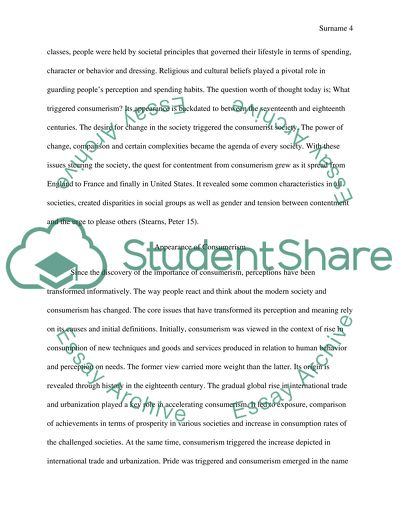Cite this document
(“Consumerism, Social class, Personal Identity, Gender Research Paper”, n.d.)
Retrieved from https://studentshare.org/sociology/1435384-consumerismsocialclasspersonal-identitygender
Retrieved from https://studentshare.org/sociology/1435384-consumerismsocialclasspersonal-identitygender
(Consumerism, Social Class, Personal Identity, Gender Research Paper)
https://studentshare.org/sociology/1435384-consumerismsocialclasspersonal-identitygender.
https://studentshare.org/sociology/1435384-consumerismsocialclasspersonal-identitygender.
“Consumerism, Social Class, Personal Identity, Gender Research Paper”, n.d. https://studentshare.org/sociology/1435384-consumerismsocialclasspersonal-identitygender.


